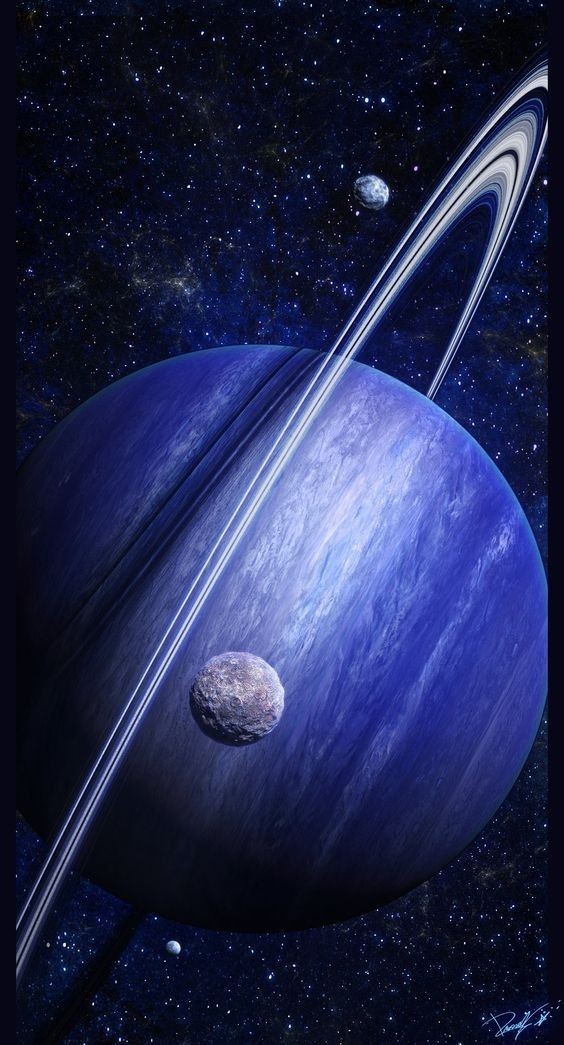Exploring the Wonders of Our Solar System
The vast expanse of space holds countless mysteries and wonders, and at the heart of it all is our very own solar system. This collection of celestial bodies, from planets and moons to asteroids and comets, has captivated humanity’s imagination for centuries. Let’s embark on a journey to explore the fascinating wonders of our solar system and uncover the secrets that make it so extraordinary.
1. The Sun: Our Star at the Center
At the center of our solar system lies the Sun, a massive ball of glowing plasma that provides the energy necessary for life on Earth. The Sun's immense gravitational pull keeps all the planets, asteroids, and comets in their orbits. It’s a giant nuclear fusion reactor, converting hydrogen into helium and releasing a tremendous amount of energy in the process. This energy is what drives our climate and weather systems, making the Sun an essential component of life on Earth.
2. Mercury: The Swift Planet
Closest to the Sun is Mercury, a small, rocky planet with extreme temperature variations. Despite being the smallest planet in our solar system, Mercury’s proximity to the Sun results in scorching daytime temperatures that can reach up to 800 degrees Fahrenheit (427 degrees Celsius). At night, however, temperatures can plummet to minus 290 degrees Fahrenheit (minus 180 degrees Celsius). Mercury's surface is covered with craters, similar to our Moon, and it has virtually no atmosphere.
3. Venus: The Veiled Planet
Next in line is Venus, often referred to as Earth’s "sister planet" due to its similar size and composition. However, Venus is shrouded in thick clouds of sulfuric acid and has a runaway greenhouse effect, making it the hottest planet in our solar system with surface temperatures around 900 degrees Fahrenheit (475 degrees Celsius). The atmospheric pressure on Venus is 92 times that of Earth, making it an incredibly hostile environment.
4. Earth: Our Blue Marble
Our home planet, Earth, is the only known world to support life. It has a perfect balance of conditions, including liquid water, a protective atmosphere, and a suitable range of temperatures. Earth’s diverse ecosystems and geological features make it unique among the planets. Its atmosphere not only protects us from harmful solar radiation but also helps regulate the planet’s climate.
5. Mars: The Red Planet
Mars, with its distinctive red hue, has long been a focus of human curiosity and exploration. Known for its towering volcanoes, vast canyons, and polar ice caps, Mars is a planet of great contrasts. The thin Martian atmosphere is composed mostly of carbon dioxide, and temperatures can vary significantly between day and night. Scientists are particularly interested in Mars due to evidence suggesting that it may have once harbored liquid water and possibly even microbial life.
6. Jupiter: The Gas Giant
Jupiter is the largest planet in our solar system, a colossal gas giant with a diameter more than 11 times that of Earth. Its atmosphere is primarily composed of hydrogen and helium, and it’s known for its Great Red Spot, a massive storm that has raged for centuries. Jupiter has a strong magnetic field and dozens of moons, including the four large Galilean moons: Io, Europa, Ganymede, and Callisto. Europa, in particular, intrigues scientists with its subsurface ocean that might harbor life.
7. Saturn: The Ringed Beauty
Saturn, the second-largest planet in our solar system, is renowned for its stunning ring system, made up of ice and rock particles. Like Jupiter, Saturn is a gas giant composed mainly of hydrogen and helium. Saturn’s largest moon, Titan, is of great interest because of its thick atmosphere and liquid methane lakes. Enceladus, another of Saturn’s moons, has geysers that spew water vapor and ice, hinting at a subsurface ocean.
8. Uranus: The Tilted Planet
Uranus stands out due to its unique tilt; it rotates on its side, likely due to a massive collision in its past. This icy giant has a pale blue color due to methane in its atmosphere and is composed mainly of hydrogen and helium. Uranus has a faint ring system and 27 known moons. Its extreme axial tilt results in unusual seasonal variations and a very cold environment.
9. Neptune: The Windy Planet
Neptune, the farthest planet from the Sun, is known for its deep blue color and strong winds, which are the fastest in the solar system. This ice giant has a dynamic atmosphere with large storm systems similar to Jupiter’s. Neptune’s largest moon, Triton, orbits the planet in a retrograde direction, suggesting it was captured by Neptune’s gravity. Triton has geysers that eject nitrogen gas, indicating geological activity.
10. Dwarf Planets and the Kuiper Belt
Beyond Neptune lies the Kuiper Belt, a region filled with icy bodies and dwarf planets, including Pluto. Once considered the ninth planet, Pluto is now classified as a dwarf planet due to its size and orbit. The Kuiper Belt is a treasure trove of information about the early solar system, as it contains remnants from its formation. These distant objects provide valuable insights into the history and evolution of our cosmic neighborhood.
11. Asteroids and Comets: Cosmic Wanderers
Asteroids, primarily found in the asteroid belt between Mars and Jupiter, are rocky remnants from the early solar system. Comets, on the other hand, are icy bodies that originate from the outer solar system. When they approach the Sun, comets develop glowing comas and tails, creating spectacular displays. Both asteroids and comets offer clues about the building blocks of the solar system and the processes that shaped it.
Conclusion
Exploring the wonders of our solar system reveals a diverse and dynamic collection of celestial bodies, each with its own unique characteristics and mysteries. From the scorching surface of Mercury to the icy expanses of the Kuiper Belt, our solar system offers endless opportunities for discovery and understanding. As we continue to explore and learn more about our cosmic neighborhood, we gain not only knowledge but also a deeper appreciation for the beauty and complexity of the universe we inhabit.






